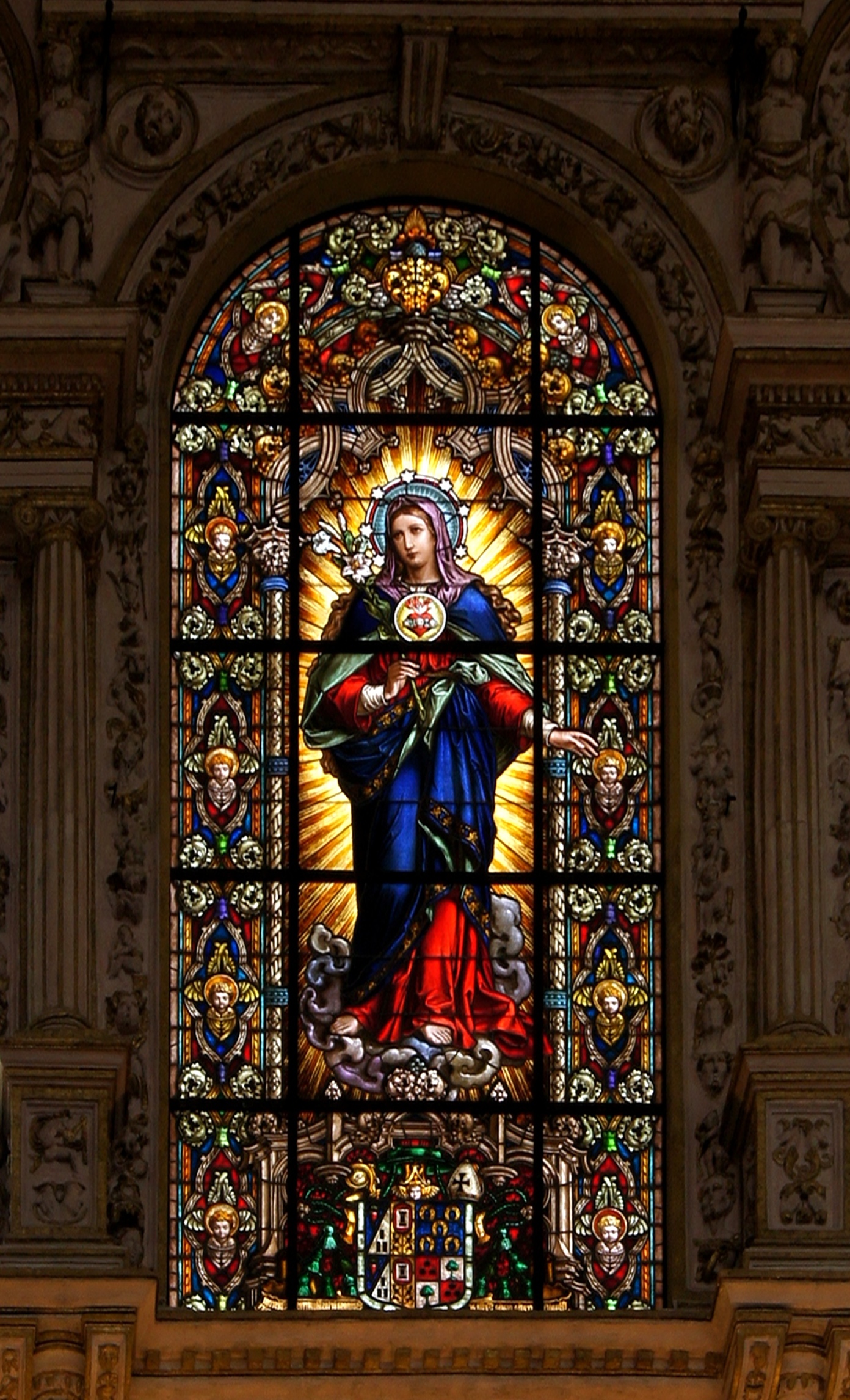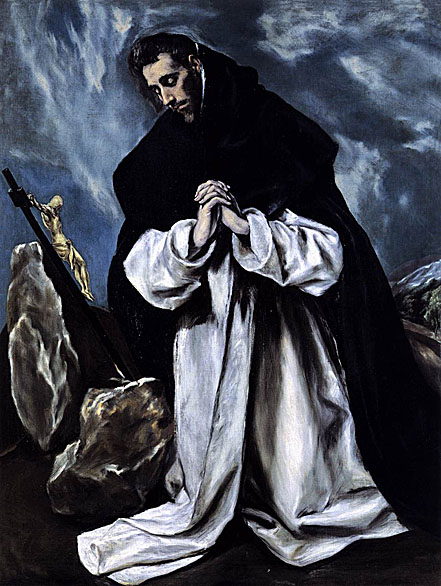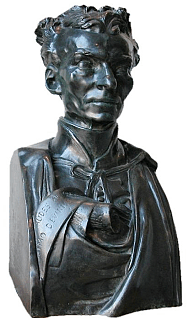The following paragraphs are from St. Louis de Montfort's "True Devotion to Mary." They are taken from Chapter 2, "The Necessity of Mary."
"God the Holy Spirit, being sterile within the Godhead, that is to say not producing any other divine Person, became fruitful through Mary, whom He took as His Spouse. It is with her, and in her, and from her that He produced His greatest Masterpiece, which is a God-made-man, ... this is why the more He finds Mary, His cherished and inseparable Spouse, in a soul, the more efficacious and powerful He becomes in producing Jesus Christ in that soul and that soul in Jesus Christ."
"When the Holy Spirit, her Spouse, finds her in a soul, He flies there, He enters there fully, He communicates Himself abundantly to this soul, and in proportion to the place this soul has given to His Spouse; and one of the primary reasons the Holy Spirit does not perform magnificent marvels in souls these days is that He does not find in them a sufficient union with His faithful and inseparable Spouse."
"Mary must shine forth more than ever in mercy, in strength and in grace in these end times: in mercy, to gather together and lovingly receive those poor sinners and all those who have strayed and who convert and return to the Catholic Church; in strength against the enemies of God, against idolaters, schismatics, heretics, ..., and against the hardened impious, who rebel dreadfully in order to seduce and cause to fall, by promises and by threats, anyone who is against them; and finally, she must shine forth in grace, in order to stir up and sustain the valiant soldiers and faithful servants of Jesus Christ who battle for His interests."

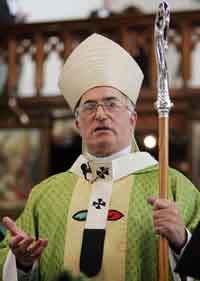


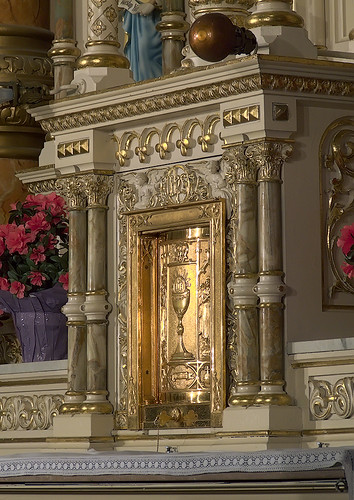



















.jpg)





